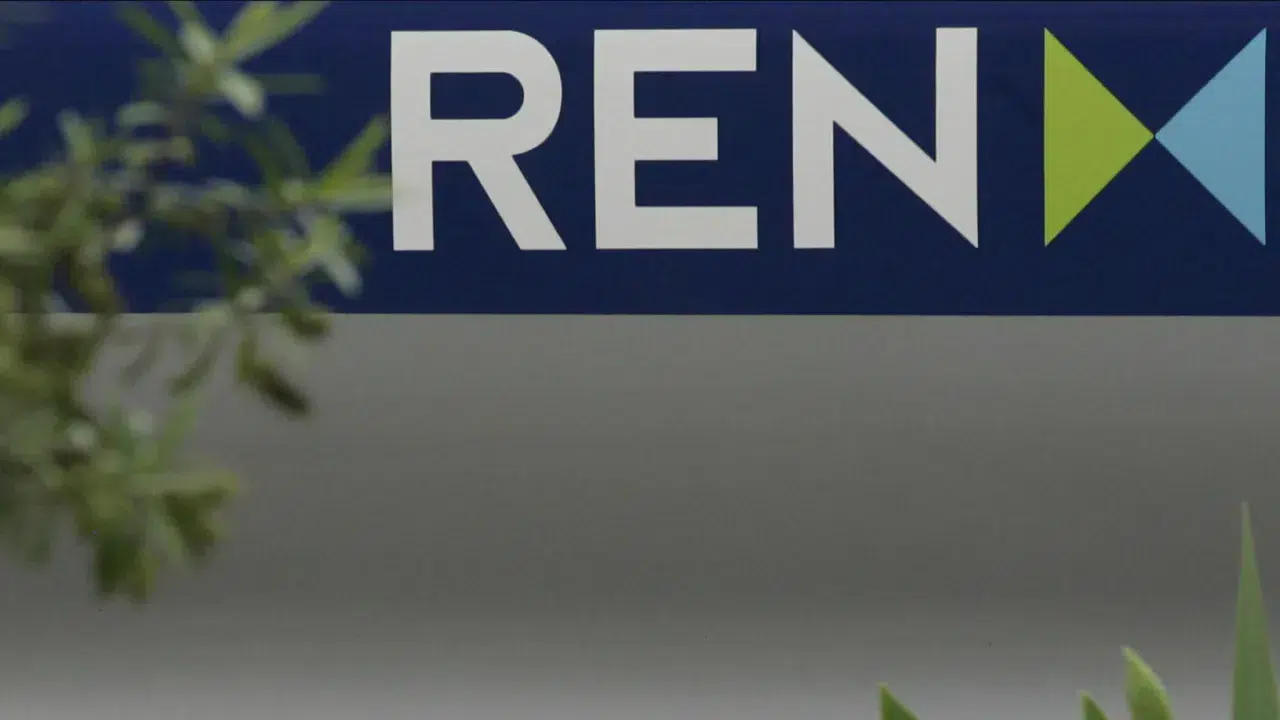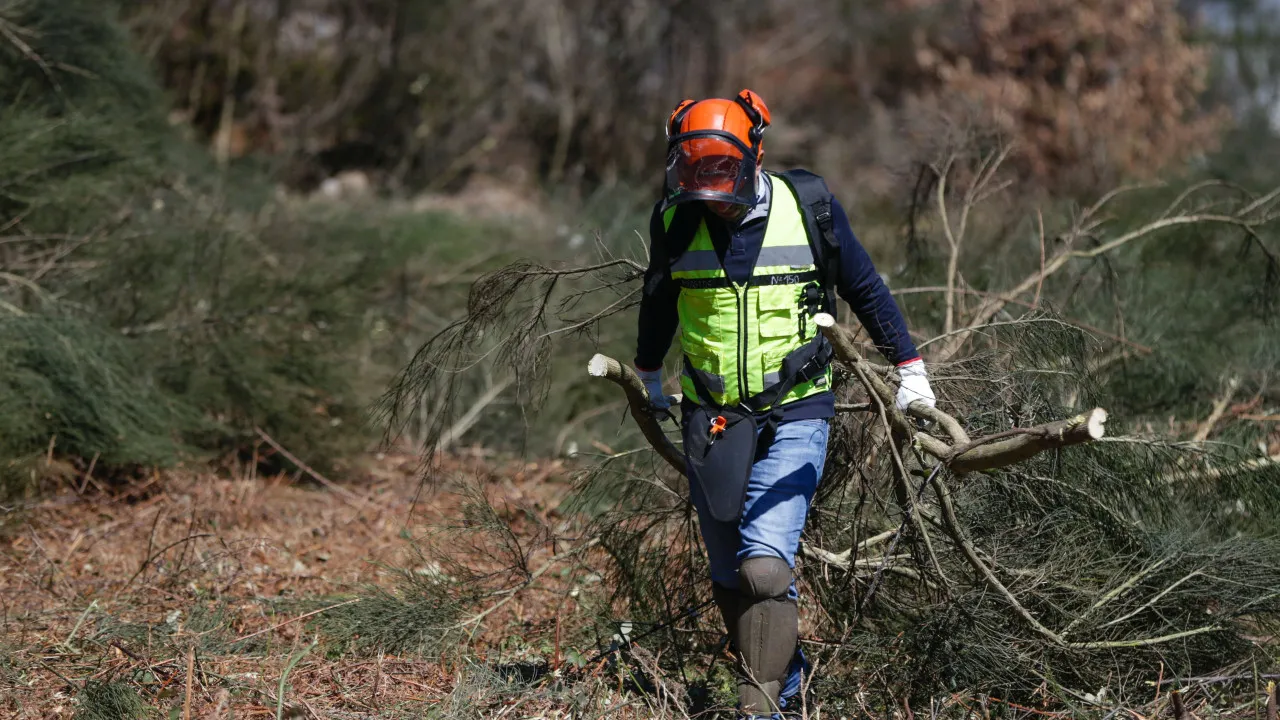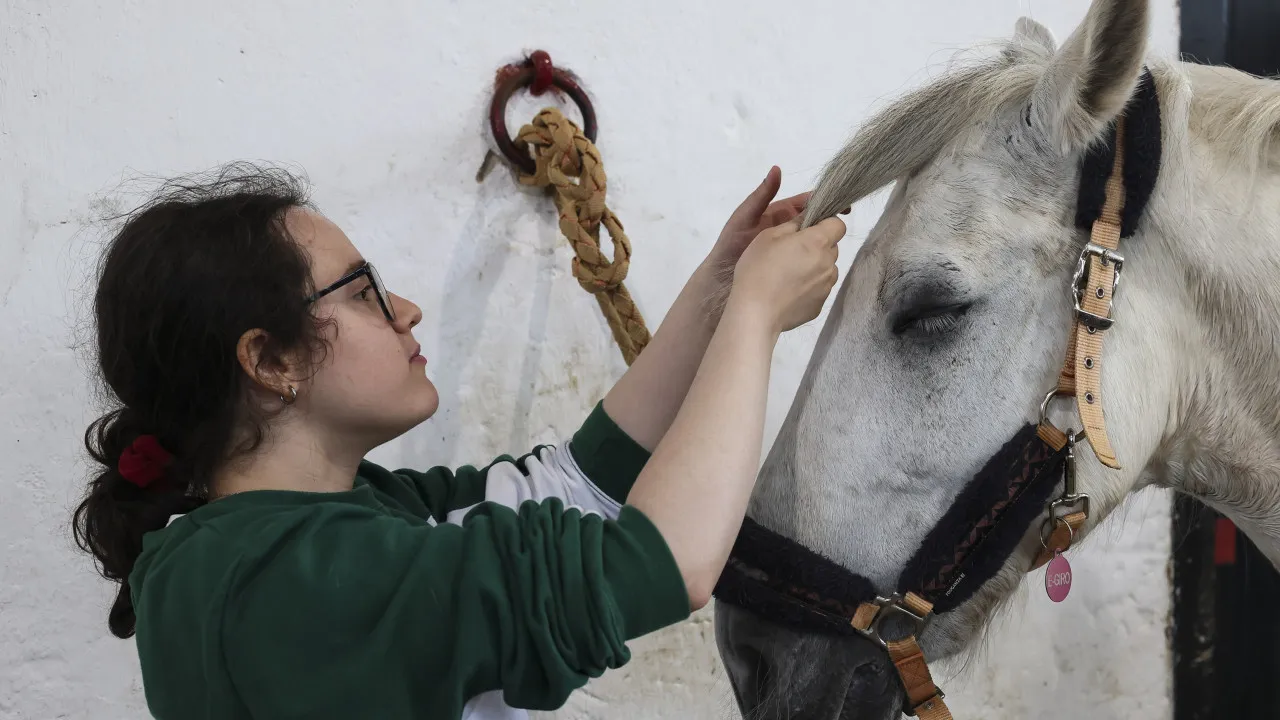The Serra da Lousã integrated landscape management operation (OIGP), which covers around 900 hectares, foresees a 30% reduction in maritime pine forests in the territory, while proposing an increase in hardwoods.
The OIGP proposal, the final version of which has already been drawn up following the public discussion phase that ended in January, provides for a 30% reduction in maritime pine forests in the area covered by the Serra da Lousã, in the south of the municipality, according to the document that was in public discussion, consulted by the Lusa news agency.
The OIGP is the operational side of the integrated landscape management areas (AIGP), an instrument created within the framework of the Recovery and Resilience Plan (PRR) that seeks to respond to the need for landscape and forest planning and management, while at the same time reducing the risk of fire in the territories.
According to Ricardo Fernandes, the Lousã town councillor with the forestry portfolio, there were only minor adjustments to the original OIGP proposal as a result of the public discussion.
According to the document, maritime pine currently occupies 38% of the 900 hectares covered by the Serra da Lousã, and it is hoped that, with the operation, it will occupy only a quarter of the AIGP.
Hardwoods, which currently account for a quarter of the territory, will now occupy a third of the area covered, with an increase of 116 hectares in areas of various hardwoods, with no great variation expected in the existing forests of chestnut trees, the second most common species in Serra da Lousã after maritime pine.
The OIGP also predicts a 25% reduction in scrubland and a slight reduction in eucalyptus trees (around 6%), which are poorly represented in this area of the mountains.
Ricardo Fernandes hopes that the contract between the Serra da Lousã AIGP management entity and the state can go ahead in the first half of the year.
After this signature, the management entity will be able to move forward with the implementation of the OIGP now defined, with almost 1.5 million euros to execute, he said.
Unlike previous planning instruments, the OIGP is binding on the owners present in the previously defined area.
In the case of Serra da Lousã, the AIGP defines a continuous area of around 900 hectares in the south of the municipality, which includes the schist villages of Catarredor, Chiqueiro, Casal Novo, Talasnal, Vaqueirinho and Candal, said Ricardo Fernandes.
The municipality, which has land in the area covered, recently decided to join the OIGP, after having already been the entity that promoted the PRR application.
“We can’t afford not to take advantage of this opportunity. The area involves the schist villages of the Serra da Lousã, and there are a number of threats to the territory, such as weeds, fires and controlled or uncontrolled clear-cutting. The implementation of this AIGP will contribute to planning, but also to the sustainability of the territory for the future,” said the councillor.
The operation includes the control of invasive species, the creation of management strips and reforestation operations, he said, stressing that the project will make it possible to “increase an environmental heritage that is already enormous”.
According to Ricardo Fernandes, the Serra da Lousã AIGP “is the AIGP with the highest percentage” of georeferenced land (more than 70% of the entire area that will be intervened).
For the mayor of Lousã, Luís Antunes, this operation “has always been a goal of the municipality”, with the aim of “enhancing the forest” and preserving “the natural heritage of Serra da Lousã”.








